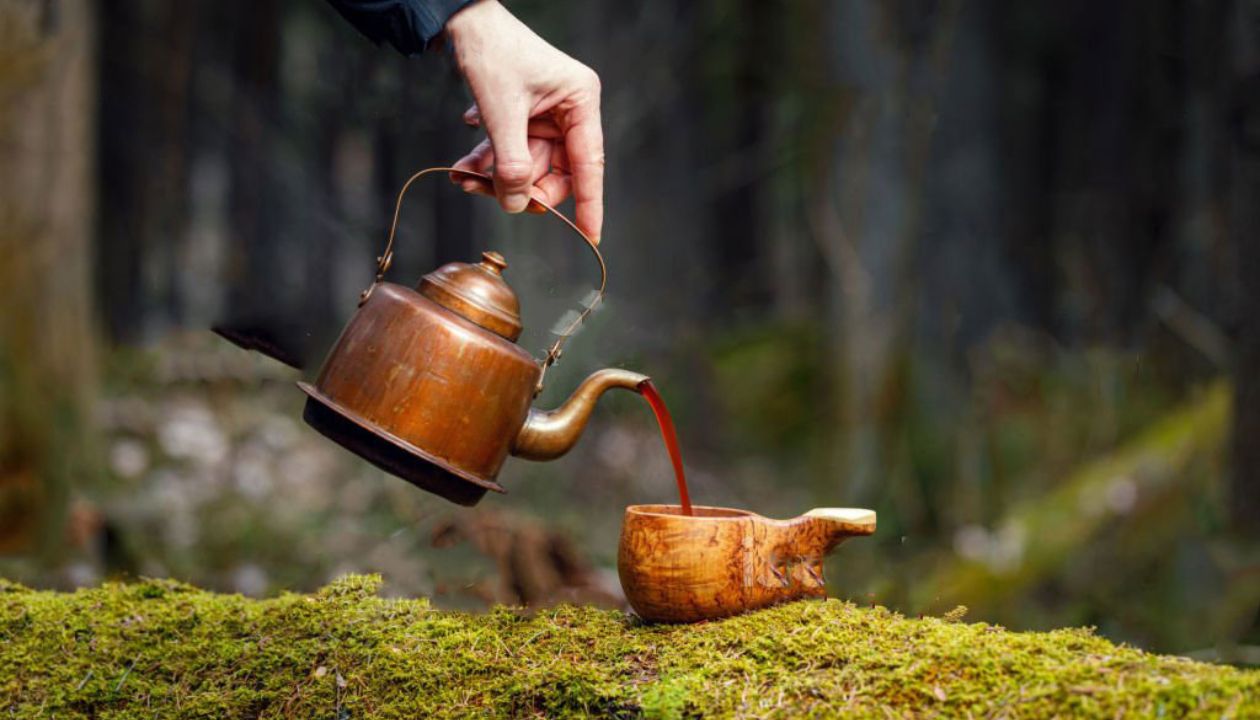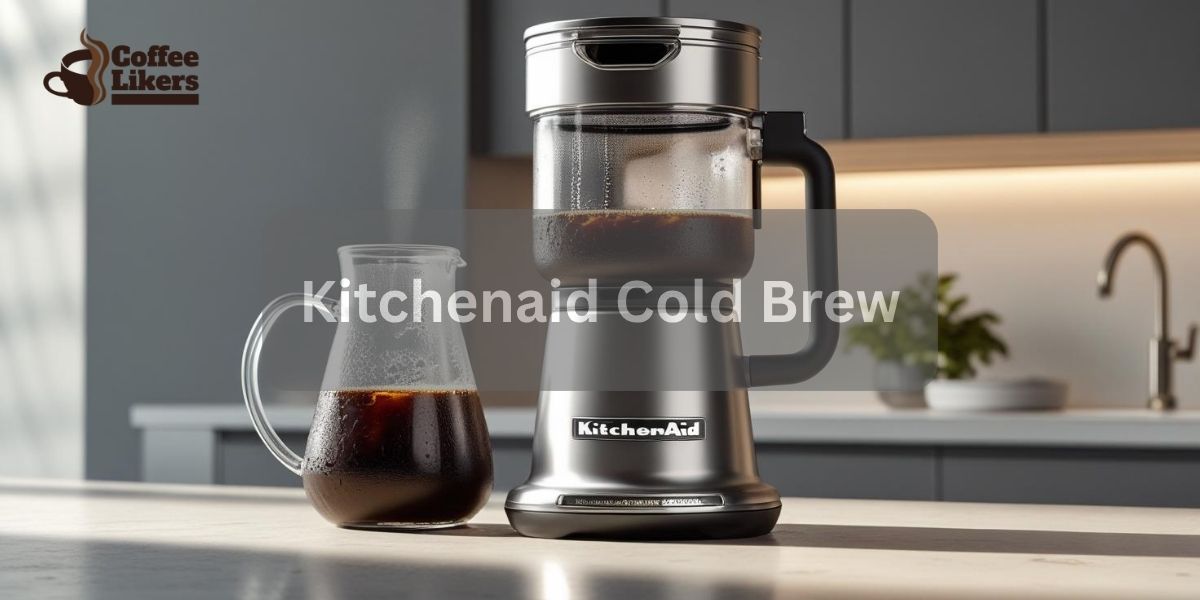Is Swedish Coffee Strong? Previously we talked about how the coffee is being harvested and the factors of water that are affecting coffee’s taste and flavor. Today we will cover a type of amazing coffee in this article which is very famous in Europe for Fika culture.
When you visit cafés or coffee shops or coffee houses, you become confused by the beverage menu. There are numerous variations of brewed Scandinavian coffee so it might be tough to tell people apart from others about the most popular coffee in Sweden.
Since all forms of coffee start with coffee beans, the beverage can be made in a variety of ways. Traditional techniques of brewing good coffee exist in many cultures, and different ratios of ingredients and flavorings can be added.
There are a million different sorts of coffees in the world due to the mix of brewing methods, tastes, and drinking customs. We looked into the most renowned coffee drink and their recipe for you so that you can get to know them better.
Is Swedish coffee considered strong? Yes, Swedish coffee is often considered strong. People in Sweden like their coffee rich and bold, with a deep flavor. They usually brew it stronger than in some other countries. This strong taste is a big part of their coffee culture and is enjoyed during fika, a daily coffee break with friends or family.
Is Swedish Coffee Strong: Brief Description
Swedish coffee is known for being strong and rich in flavor. People in Sweden enjoy coffee that is bold and full of taste. They often use more coffee grounds when brewing, which makes the drink stronger than in many other places.
Coffee is a big part of Swedish culture, especially during “fika” — a daily break where friends and family relax and talk over a cup of coffee.
Many visitors notice how strong the coffee tastes compared to what they are used to. If you enjoy strong coffee, you’ll likely enjoy the way it’s made in Sweden.
About Swedish Coffee And Swedish Coffee Types
Even though autumn signifies the end of Sweden is a relatively short but splendid summer, it is a fantastic destination for tourists. Despite the typically unpredictable weather, gloomy skies make for a great reason to stay indoors and enjoy the Swedish custom of Fika, or coffee break.
Along with its European neighbors, Sweden is one of the world’s largest coffee users. While the United States people drink approximately 9 pounds of coffee per person per year, Sweden consumes almost 18 pounds per person annually.
Now you guys are thinking what’s Fika? Fika, a Swedish culture in which people get together to eat cinnamon buns, and pastries drink a cup of coffee, and socialize is a popular workplace in Sweden.
Hence, coffee is rooted in Swedish culture as a local favorite food, and the word ‘Coffee’ is connected with ‘Fika’ which refers to both nouns and verbs for many swedes.
During morning or afternoon breaks at work, people commonly take a Fika break. Now let’s know about the history of coffee in Sweden and coffee facts shortly.
Coffee beans arrived in Sweden in 1685, over three decades after the first Swedish citizen, Statesmen Claes Rlamb, drank the first cup of coffee and sent a statement expressing his hatred for it.
Unfortunately, the earliest coffee beans were not intended for consumption; instead, they were brought for medical purposes and were stored by pharmacists to treat sickness.
Introducing coffee as a pleasant beverage to the public is credited to Swedish King Charles XII. Along with the cezve coffee maker, Charles brought some traditional Turkish coffee to his country.
But in 1756, the country witnessed the first coffee ban for 10 years due to economic policy and public health risks, ruled by King Gustav III.
Types of Swedish coffee: Drip coffee, boiled coffee, Swedish egg coffee, ground coffee, cappuccinos, and lattes. Gradually we will more learn regarding these in the future.

What Does Swedish Coffee Taste Like?
Swedish adore coffee, like any true Scandinavians, and they are among the world’s largest drinkers. The coffee in Sweden is strong. When you add your usual quantity of milk into it, you’ll find that your coffee avoids changing from black to brown.
Most Swedes drink black coffee or with a bit of milk. Swedish coffee is somewhat equivalent to Espresso but slightly weaker than tar coffee. Swedish coffee is typically prepared with an egg to produce Scandinavian egg coffee.
According to legend, this coffee brewing recipe was developed on a trip from Sweden to America in the 1800s. The egg will serve to brighten the coffee for the coffee drinker.
What makes Swedish coffee different? Egg white helps to remove the bitterness from ground coffee while also increasing the caffeine content. As a consequence, the coffee is mild and light for coffee drinkers, with no harshness and a creaminess that makes it simple to consume.
The grinds will begin to lump together and come to the top surface after only a few minutes of boiling, giving the coffee a softer flavor. Additionally, putting cold water after the completion of the brewing process produces the desired Sweden coffee appearance like a French press coffee maker.
Is Swedish Coffee Stronger Than American?
Swedish coffee has a significantly stronger flavor than American coffee but has far less caffeine. The Robusta type, which has more caffeine, is preferred in North America. Swedes favor the Arabica type, which is a strong coffee.
Swedish coffee is often a drip coffee, created with a large volume of coffee in the filter and Arabica beans that have been roasted strongly in micro-roasters, almost harshly. Swedish roasting is substantially darker than what is now popular in the United States and Canada.
The darker roast is responsible for the more bitter the coffee. Moreover, in North America, beans dried with the cherry still on are quite popular coffee in the world; this provides a much sweeter coffee that might help to cover the bitterness than other coffee.
Roasting processes and overall flavor profiles are purely individual categories tags. I think European coffee is perfect, but a lot of American coffee is flat and unpleasant. But that’s not a big deal. Therefore, it’s all about perception.
How To Make A Perfect Cup Of Swedish Coffee?
Most people who were born in Northern Minnesota or other Swedish villages or Norway appreciate the smooth, rich flavor of the best coffee with chocolate balls.
While many people recommend placing eggshells in the coffee grounds to help clarify the coffee, this is the only recipe I’ve discovered that involves a whole egg in the coffee.
In Swedish coffee culture, egg coffee is so pleasant in Swedish coffee break because the proteins in the egg bond with the acid in the coffee to neutralize it, according to scientists.
Here Is A Recipe For Swedish Drinking Coffee:
6 (Six) Ingredients we need:
- take nine and a quarter cups of water in the pot
- Three-quarter cup of ground coffee (medium to coarse grinds are ideal)
- One beaten egg (including crushed eggshell if you like)
- One cup of cold water
- Sugar (as much you want)
- Mill (as much you want)
How To Process All These:
Mix the ground coffee and beaten egg in a small bowl until the coffee grounds are well mixed. After that, add the cold water and the broken eggshell. In a large saucepan, heat nine and a quarter cups of water.
Pour in the coffee mixture and stir for four minutes, or until the foam has faded. Cover the pan and remove it from the heat. Allow for 7-10 minutes to sink the grinds and eggshell to the bottom of the saucepan.
Filter coffee into coffee cups or a serving kettle using a wire or cloth strainer. If necessary, sweeten with sugar or milk.
Espresso Vs Swedish Coffee
Swedish coffee is often considered to be stronger than Espresso. Espresso is the term referring to the brewing method used to prepare this sort of specialty coffee. It operates by pushing hot water under high pressure through finely-ground coffee beans in machines.
Though darkly roasted beans have traditionally been more popular in Italy, where espresso originated, espresso may be made with any type of coffee bean from any origin and at any roast degree.
Aside from its concentrated taste and more syrupy body, one of the distinguishing features of the cup of espresso is an upper layer of foam known as the crema and that is a consequence of the high-pressure separation process.
Whereas Swedish coffee is the strong and darkest coffee and when you add your regular amount of milk to it, your coffee will stay black rather than becoming brown. Moreover, Swedish coffee contains less amount caffeine than Espresso coffee.
Again there is no need for egg in Espresso coffee, but to make the Swedish coffee more smooth and creamy egg and eggshell are mixed with coffee and water. For producing Swedish coffee no high pressure is required.
Is Swedish Coffee Really Strong?
Swedes are huge coffee fans. They drink coffee more than tea. Coffee is an important element of their everyday lives and in their friends’ circle.
One in the morning, during work, a Cappuccino for social gatherings (fika), and an Espresso in the evening to avoid falling asleep when their favorite shows are telecast.
Swedish coffee is strong. Very powerful, in fact, that when you add your standard amount of nutrition into it, your coffee refuses to change from black to any color.
However, the first time you drink Swedish coffee, simply try a small Espresso-size mug to see how it affects your digestion.
In Swedish coffee Arabica type coffee is used which has nearly half the caffeine content of Robusta.
A popular bean in North America. And Arabica is a stronger and heavier and more acidic type, as well as the Swedish coffee is.
FAQ About Is Swedish Coffee Strong
What Is Special About Swedish Coffee?
Swedish coffee is special because it is strong, rich, and full of flavor. People in Sweden take coffee seriously and enjoy it many times a day. One special thing is “fika,” a daily break to enjoy coffee with friends or family. It’s not just about the drink, but also about relaxing and spending time together.
Which Country’s Coffee Is The Strongest?
Many people say that coffee from Scandinavian countries, like Sweden and Finland, is the strongest. They use more coffee grounds when they brew, which makes the coffee bold and rich. In Finland, people drink the most coffee per person in the world. So, if you like strong coffee, these countries are known for serving it that way.
Which Coffee Is The Strongest?
The strongest coffee is usually made from Robusta beans because they have more caffeine than Arabica beans. Some brands, like Death Wish Coffee, are known for being very strong. The way you brew also matters. Using more coffee and less water makes it stronger. So, the strongest coffee depends on the type of bean and how it’s made.
What Does Swedish Coffee Taste Like?
Swedish coffee tastes strong, rich, and smooth. It has a bold flavor because more coffee is used when brewing. The taste is not too bitter, and it’s easy to enjoy. Many people say it feels warm and comforting. It’s often served black, without sugar or cream, so you can really taste the coffee. It’s perfect for a relaxing coffee break.
Conclusion
The Swedes drink on an average 2, 3 cups of coffee on daily basis, thereby the country is known as the ‘Third Highest Coffee Consumption Country’.
Coffee has a rich tradition in Sweden, with specific brewing methods and Fika. Swedish coffee is worth trying whether you want to blend in when you travel abroad or simply make things more interesting at home. You can also use alkaline water to make this coffee.
Who knows, maybe you can encourage your friends to join the cafe for Fika or try some of the smoothest egg coffee with pastries and cinnamon bun they’ve ever tasted for their coffee culture. After all, now we are clear about Is Swedish Coffee Strong?
Enjoy your best coffee and thank you for visiting Coffee Likers.





Leave a Reply